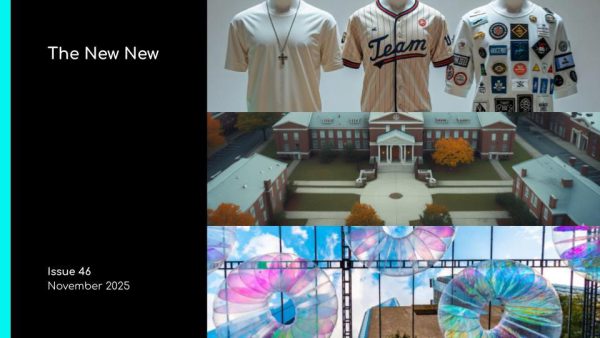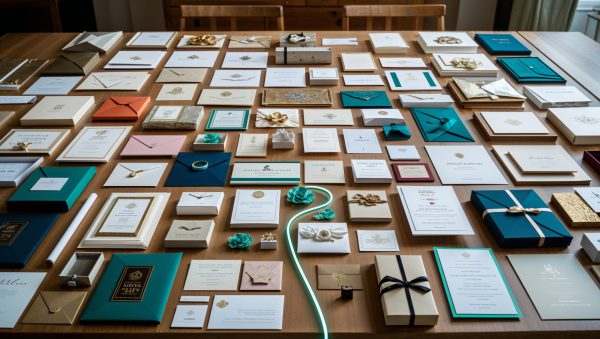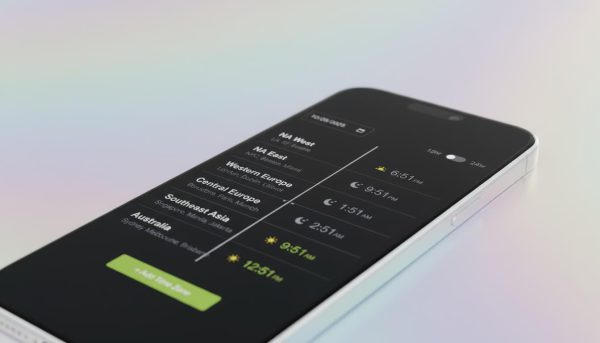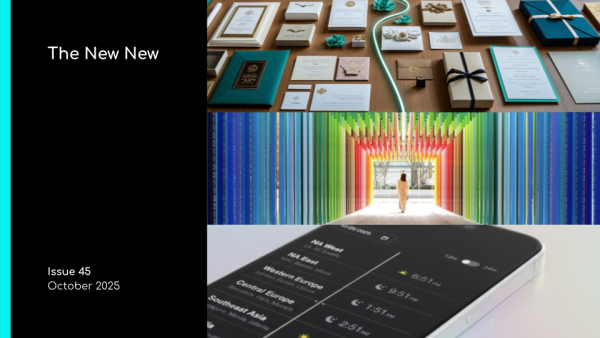How listening technology and the ‘ear space’ is transforming events.

Move over wearables and other tactile innovations that dominate events. Hearables are the next frontier of event engagement. Experts predict they will proliferate like smartphones, enhancing the attendee journey and how attendees experience session content with real-time language translation, crisp audio and other benefits. Hearables will force marketers to rethink event footprints, as walls and sound barriers become irrelevant.
The ear space, in the wake of voice-assistant technology like Amazon Alexa, will set in motion “the biggest interface revolution since the iPhone popularized the touchscreen,” says Peter Burrows in a recent Fast Company piece. In “The Future is Ear: Why ‘Hearables’ Are Finally Tech’s Next Big Thing,” he quotes Gints Klimanis, former head of audio engineering at the now defunct smart earbud startup Doppler: “Ultimately, the idea is to steal time from the smartphone. The smartphone will probably never go away completely, but the combination of voice commands and hearing could become the primary interface for anything spontaneous.”
The ear space revolution dialed up with the return of headphone culture (think Beats by Dre) and with earbud innovations, as smart devices and Bluetooth began supporting pocket music and conversation. Up rose in popularity “silent discos” at events as an individual and group experience, where music plays in each attendee’s ear—sometimes, their very own selection. Silent discos have evolved into activities like Silent Yoga by Sound Off at C2 Montreal.
In the meeting and conference space, headsets have transformed sessions into silent discos. Event Marketer’s EventTech show, which is set in an open campus format, uses personal earbuds and receivers to enhance sound quality. At the Adobe Summit Conference in London, partner Silent Conference distributed 2,500 headphones and allowed attendees to tune into five different talks within one conference hall, without relocating—meaning, there were no breakout rooms. And at PCMA The Future of Face2Face, an LED installation called The Mix displayed video playbacks of sessions, so attendees could sit down and “channel surf” through content on-demand via their headsets and the app.
A big player in the space are Google’s Pixel Buds, which works with Google Assistant in translating 40 different languages in real-time. As event audiences expand globally, planners and attendees won’t have to worry about language barriers in conducting business, visiting an expo or networking.
A result that’s crystal clear.





